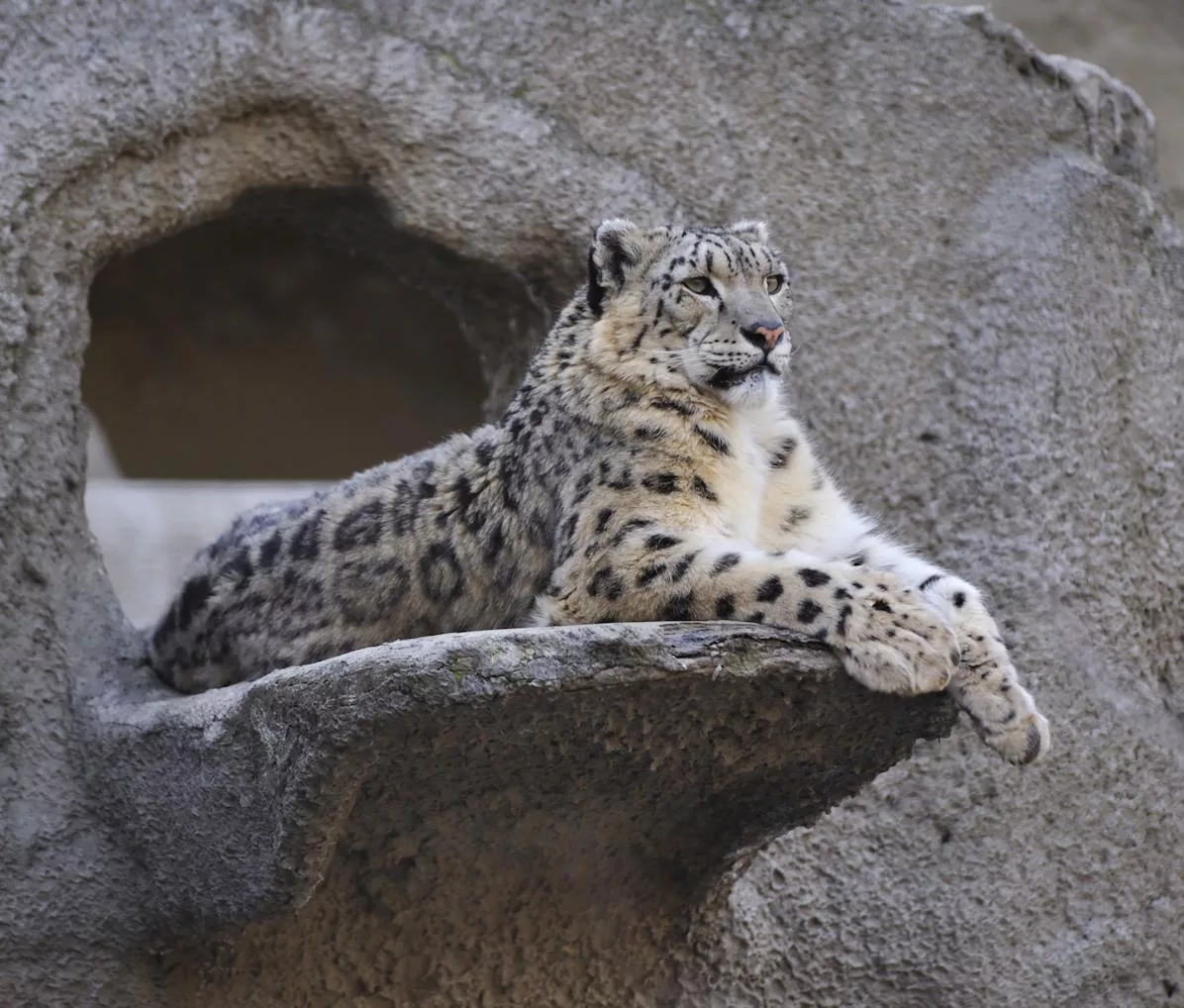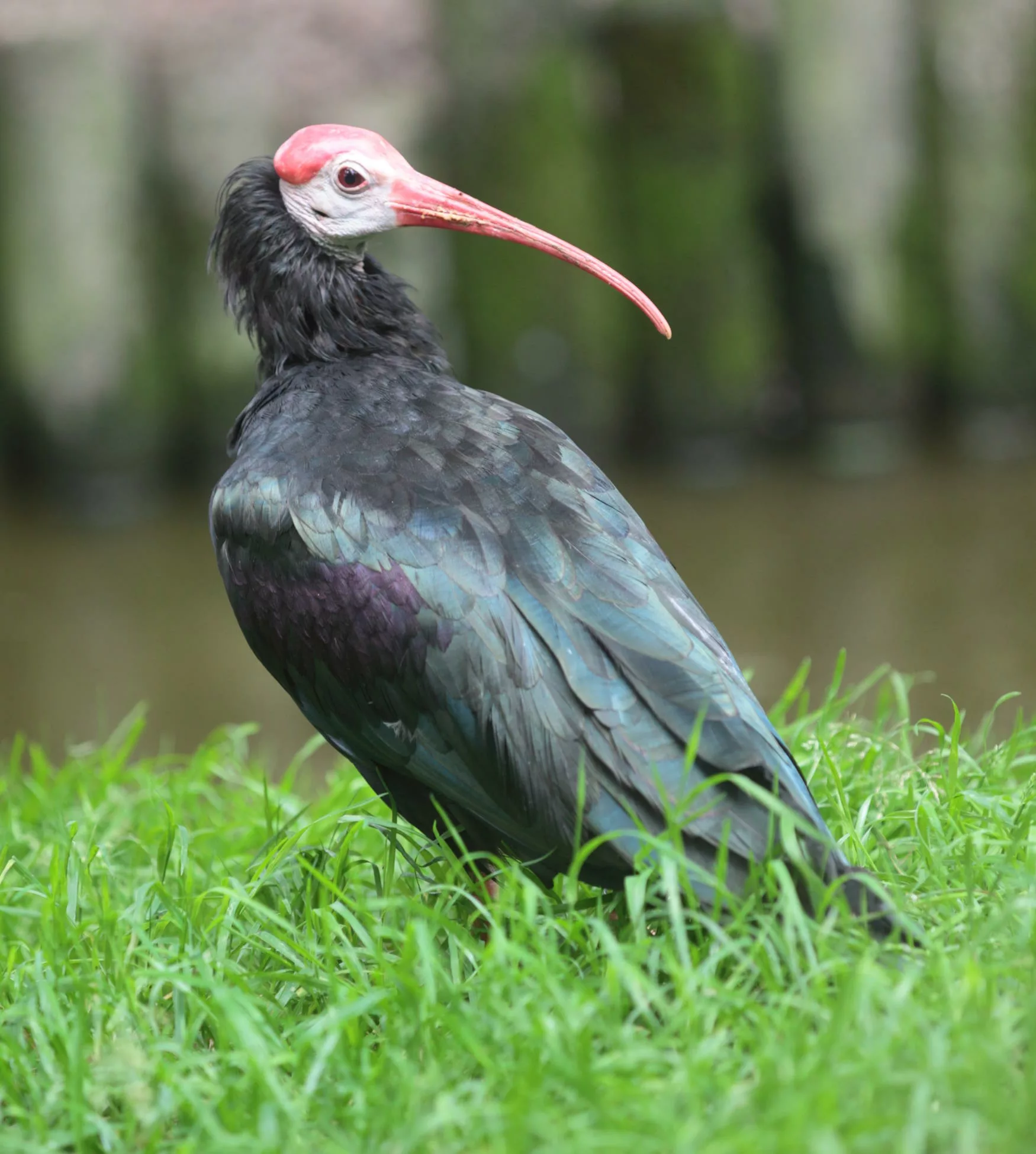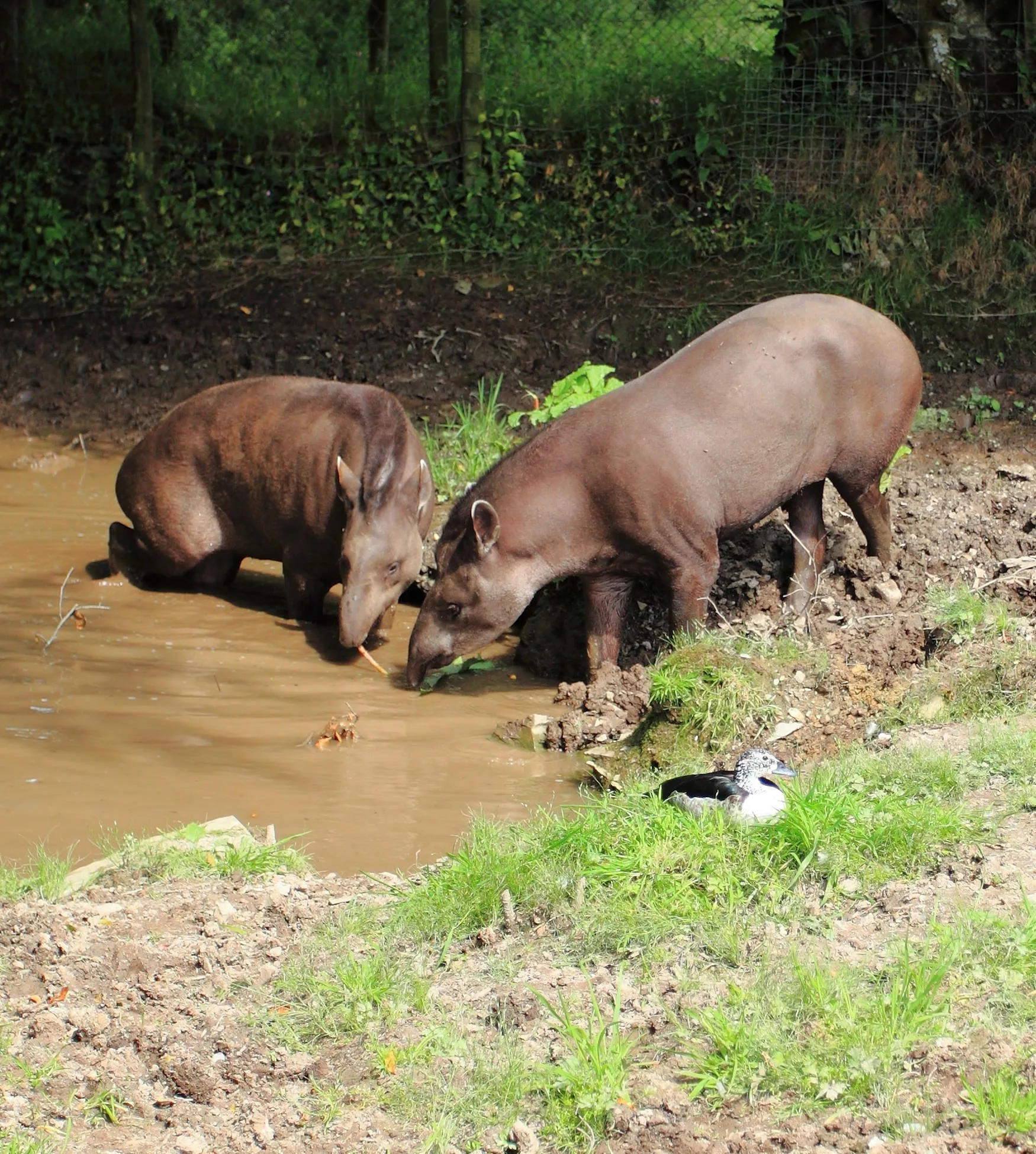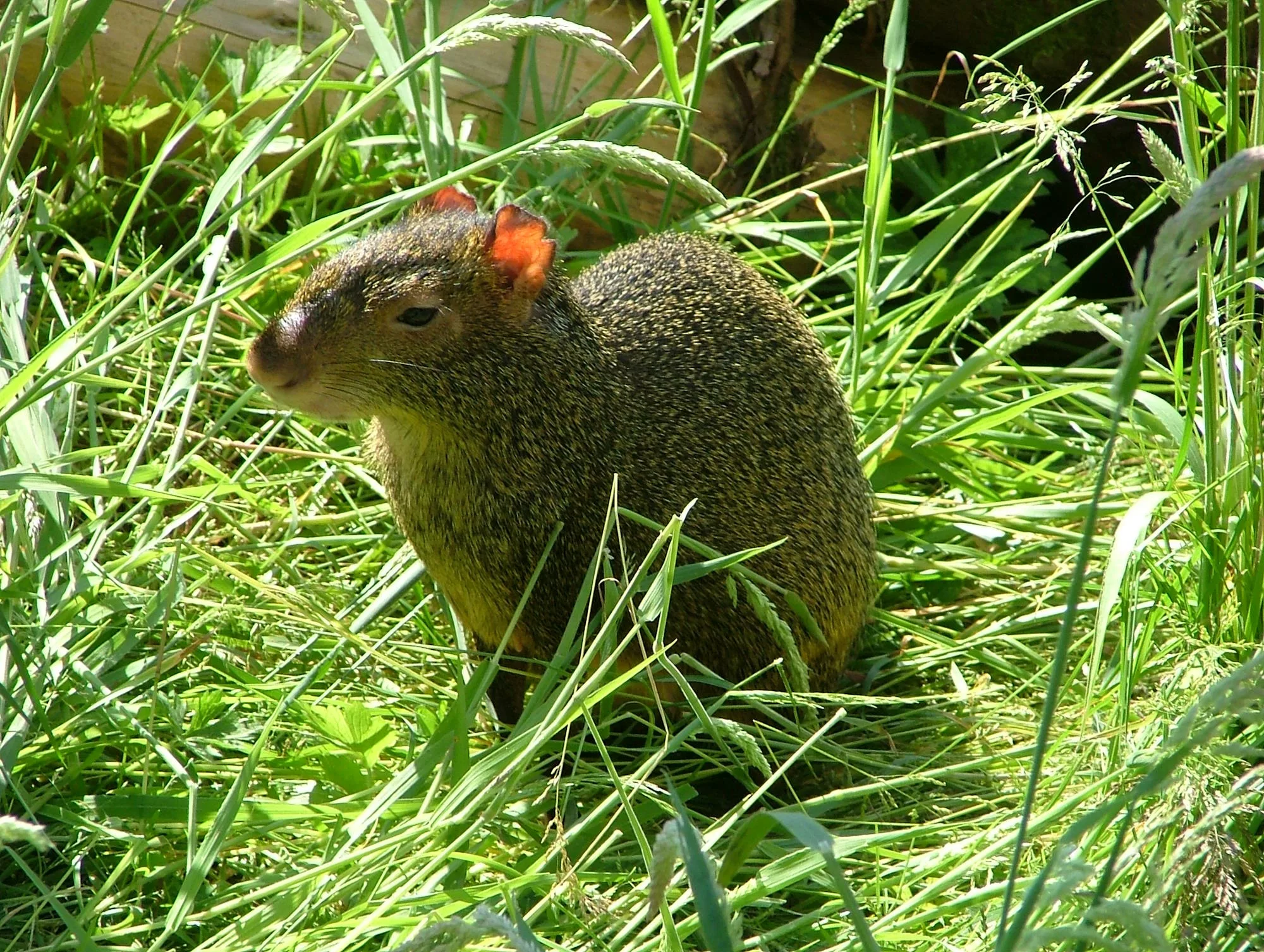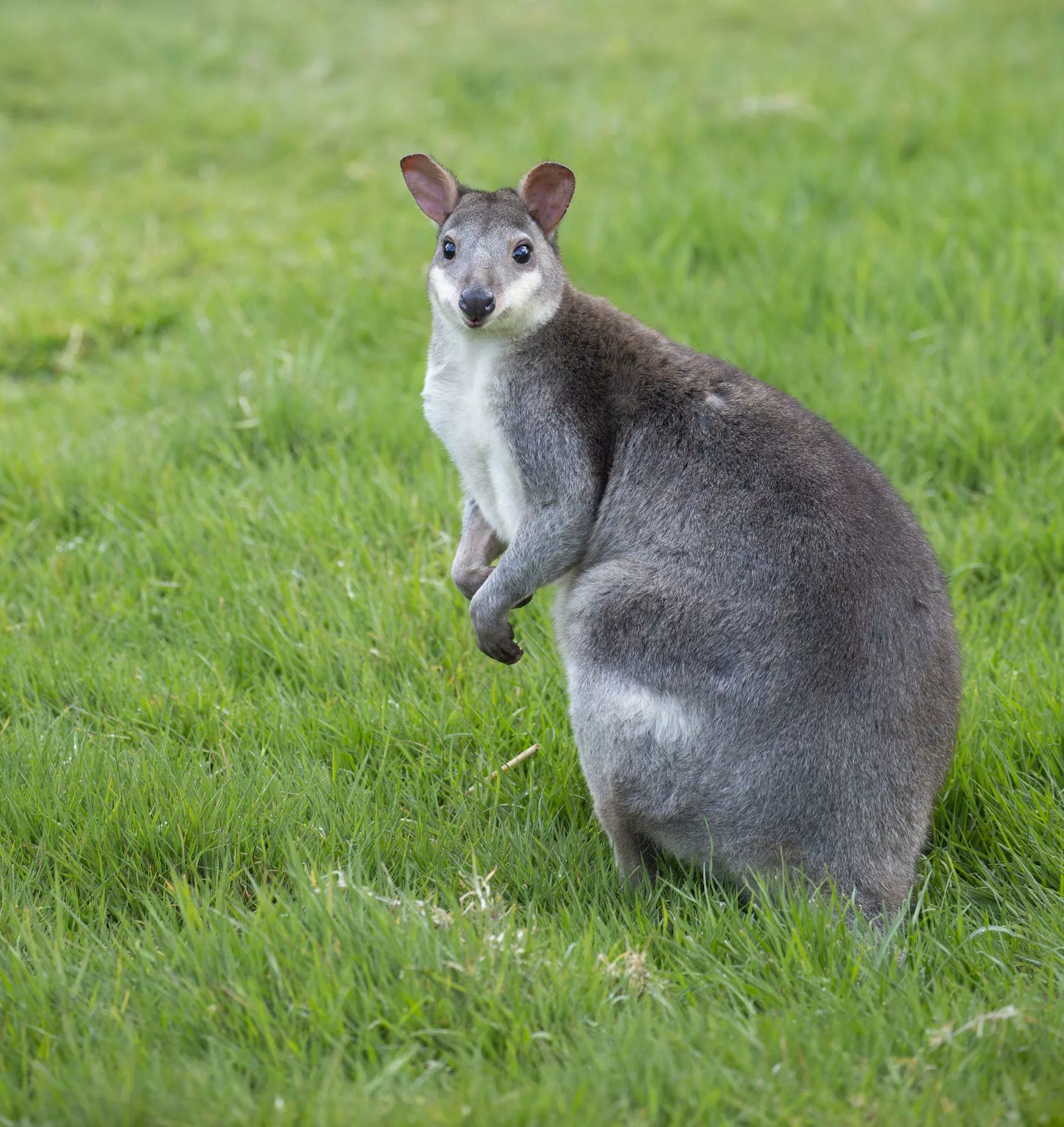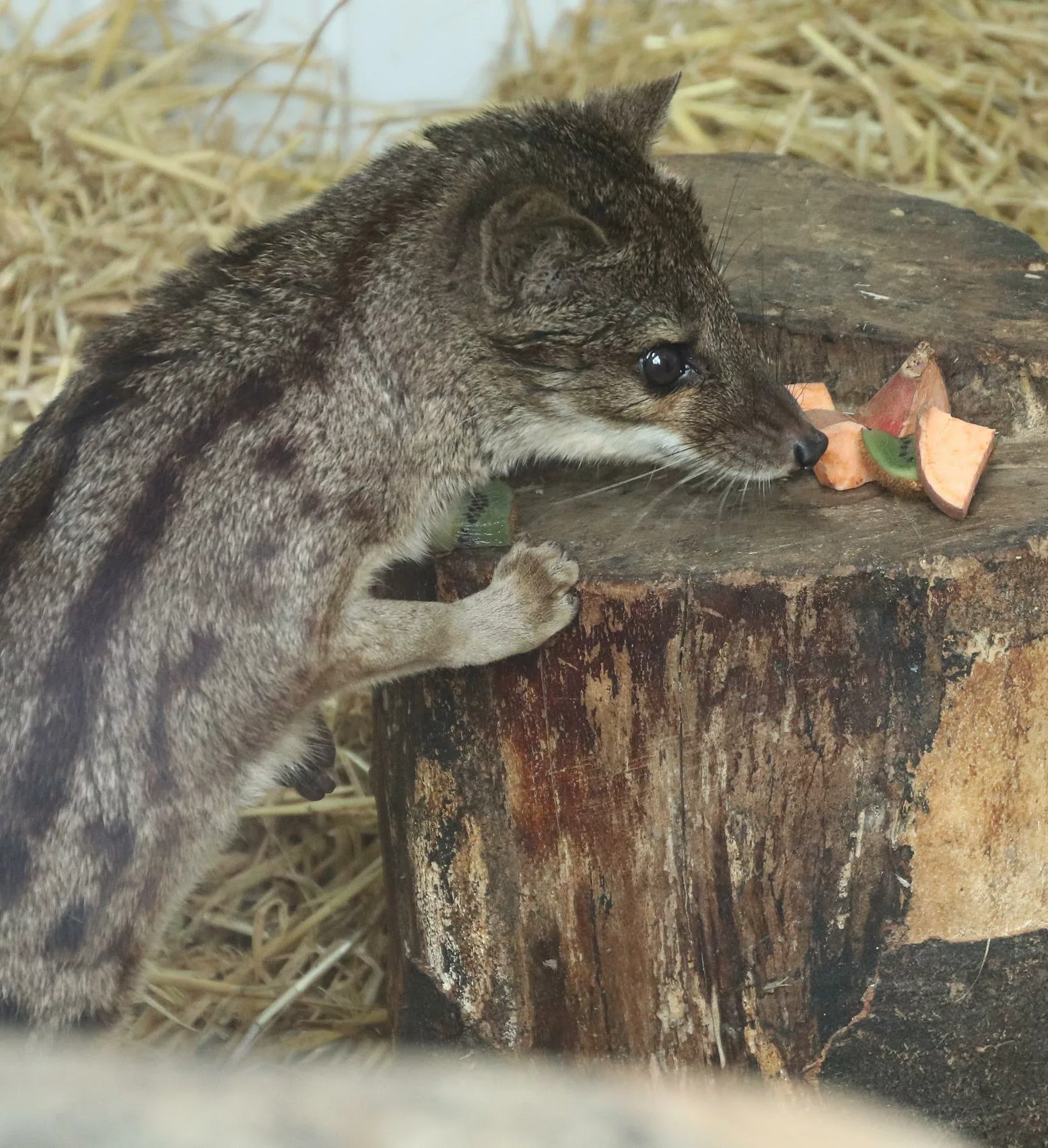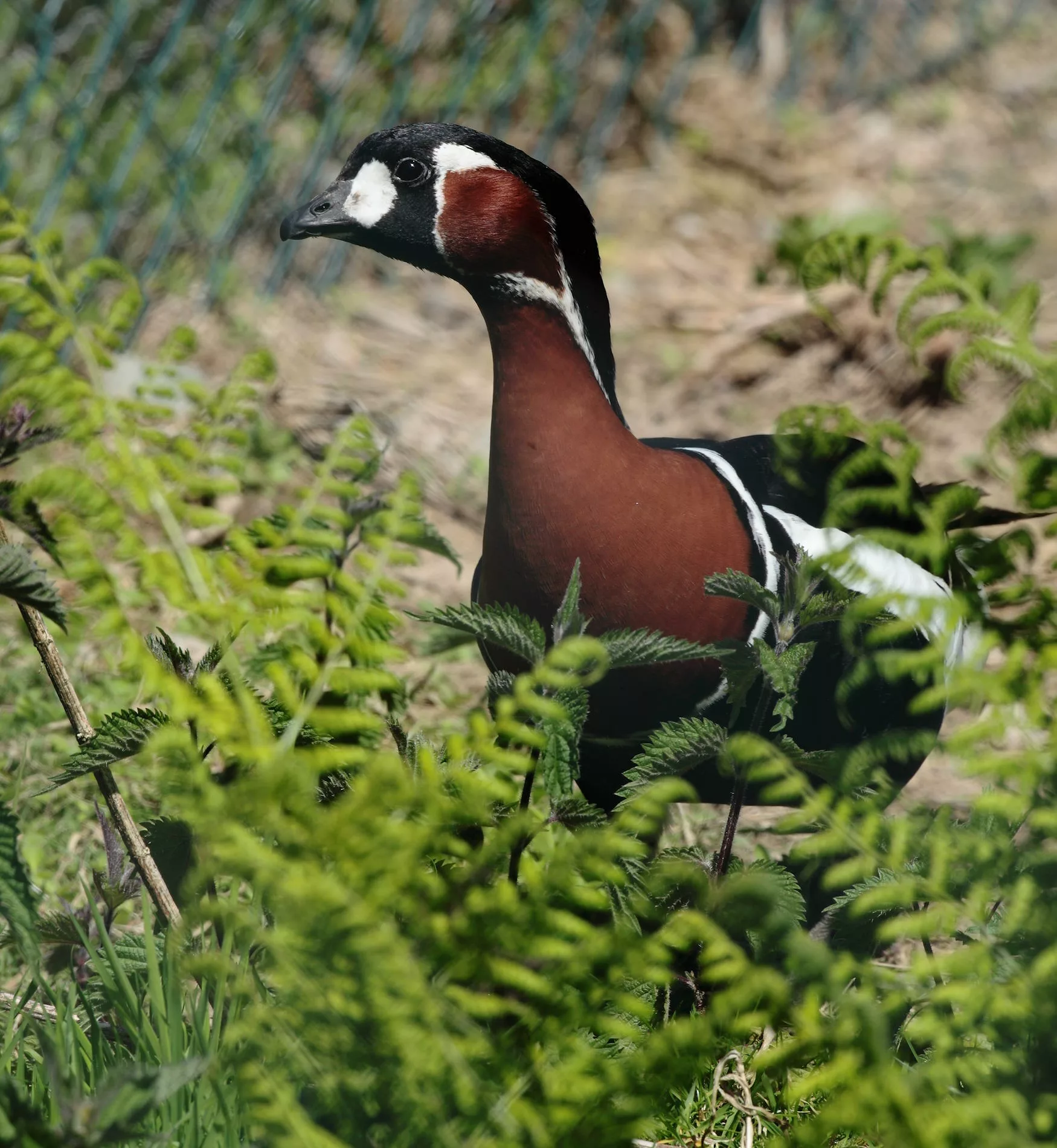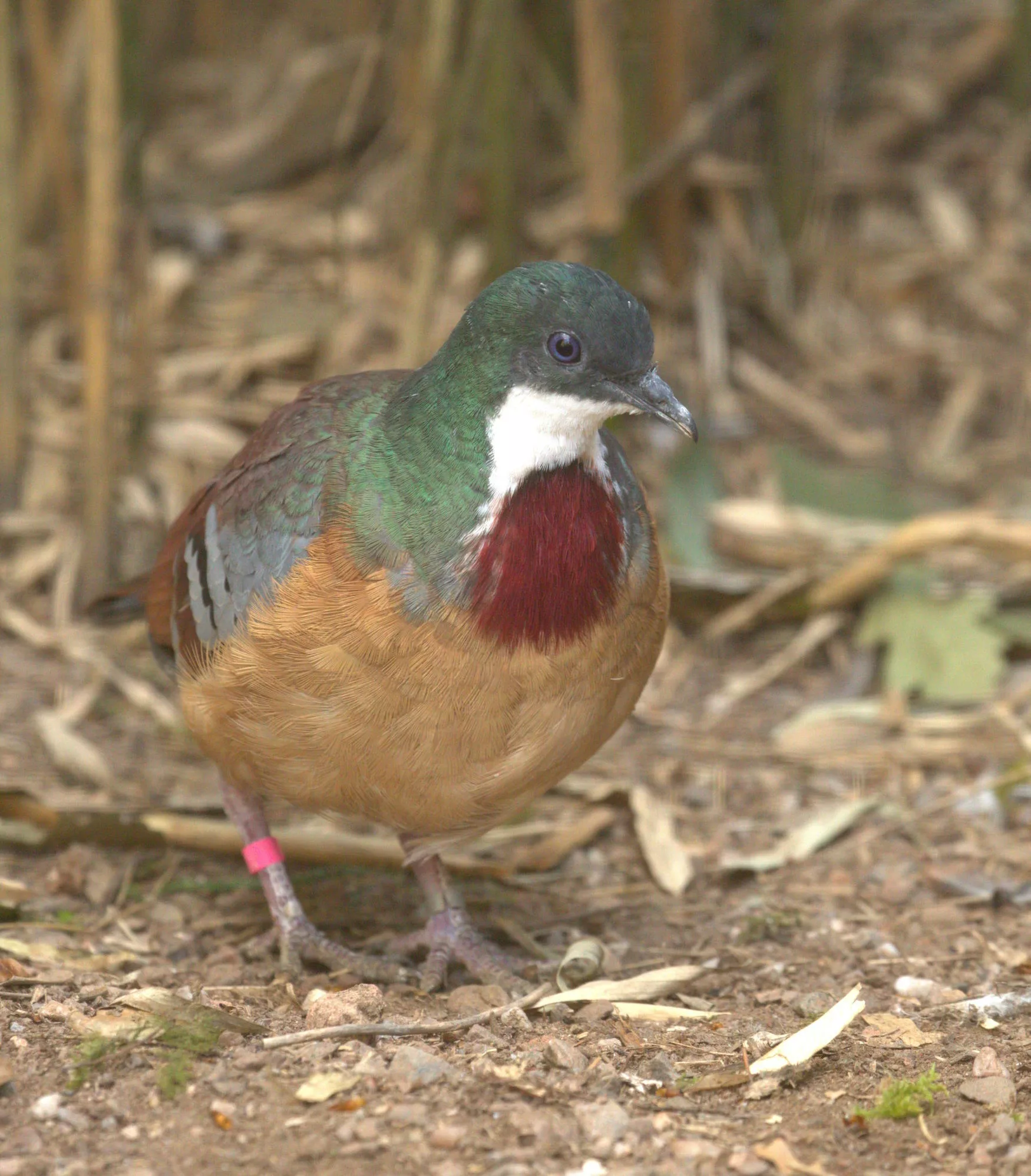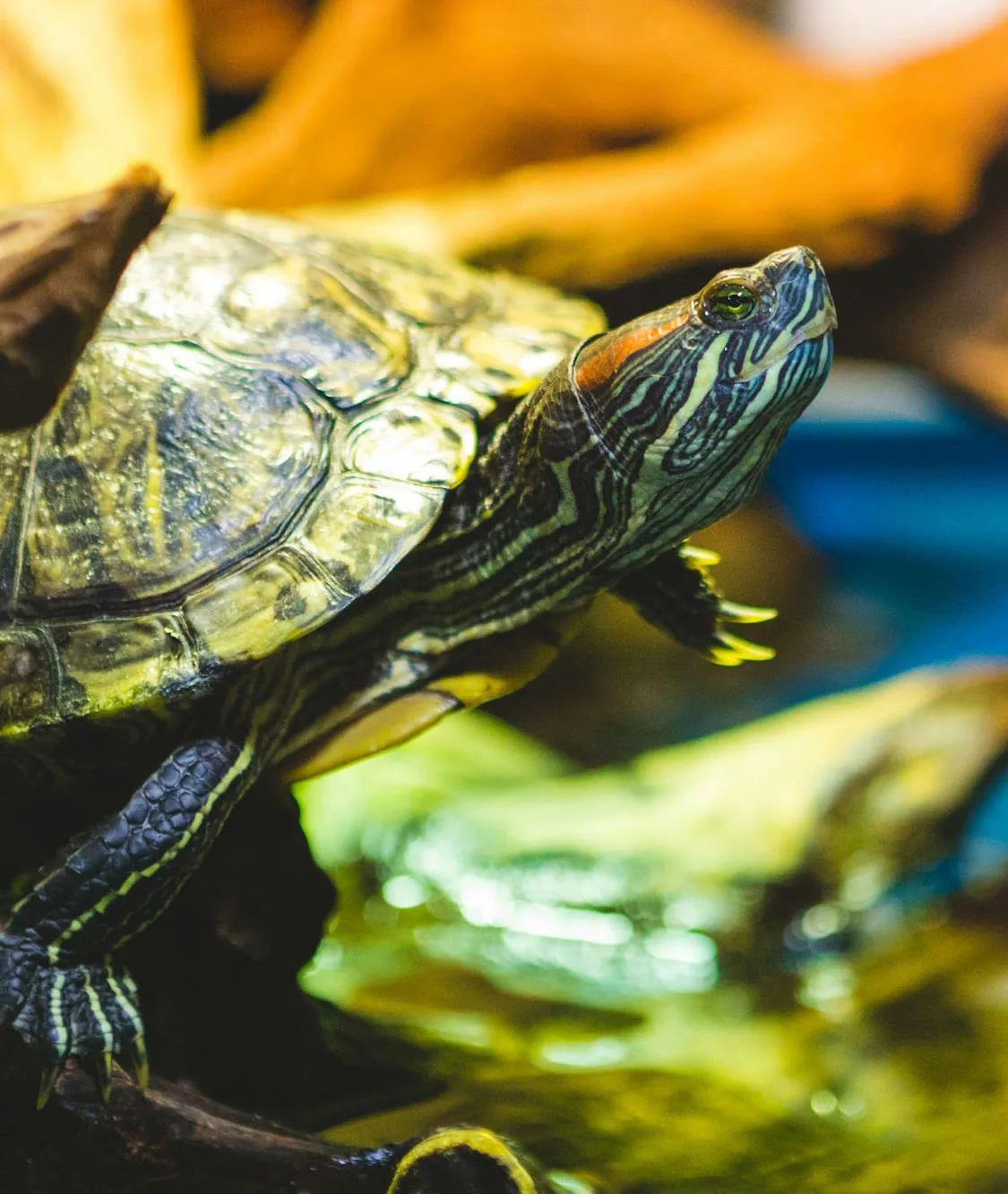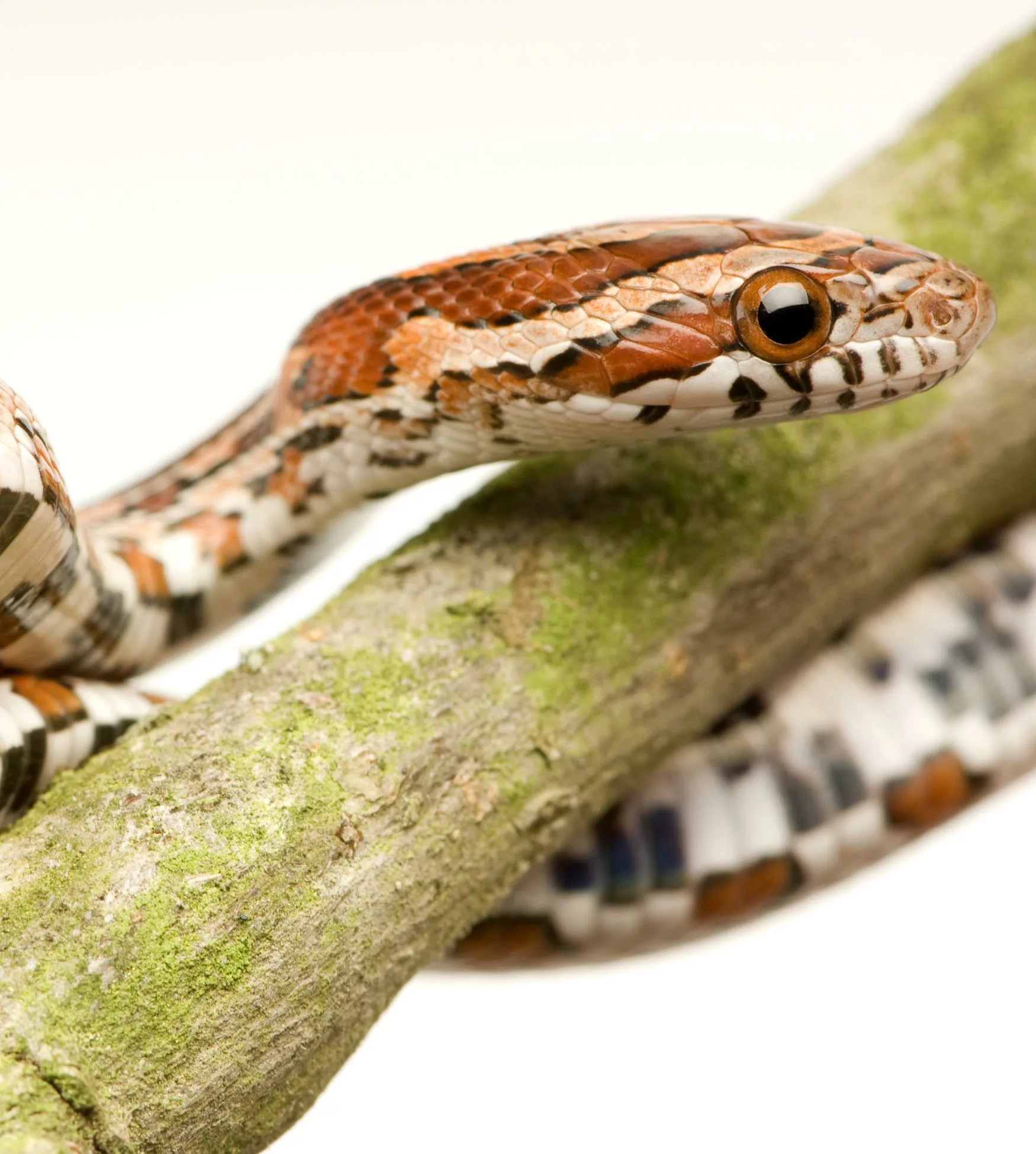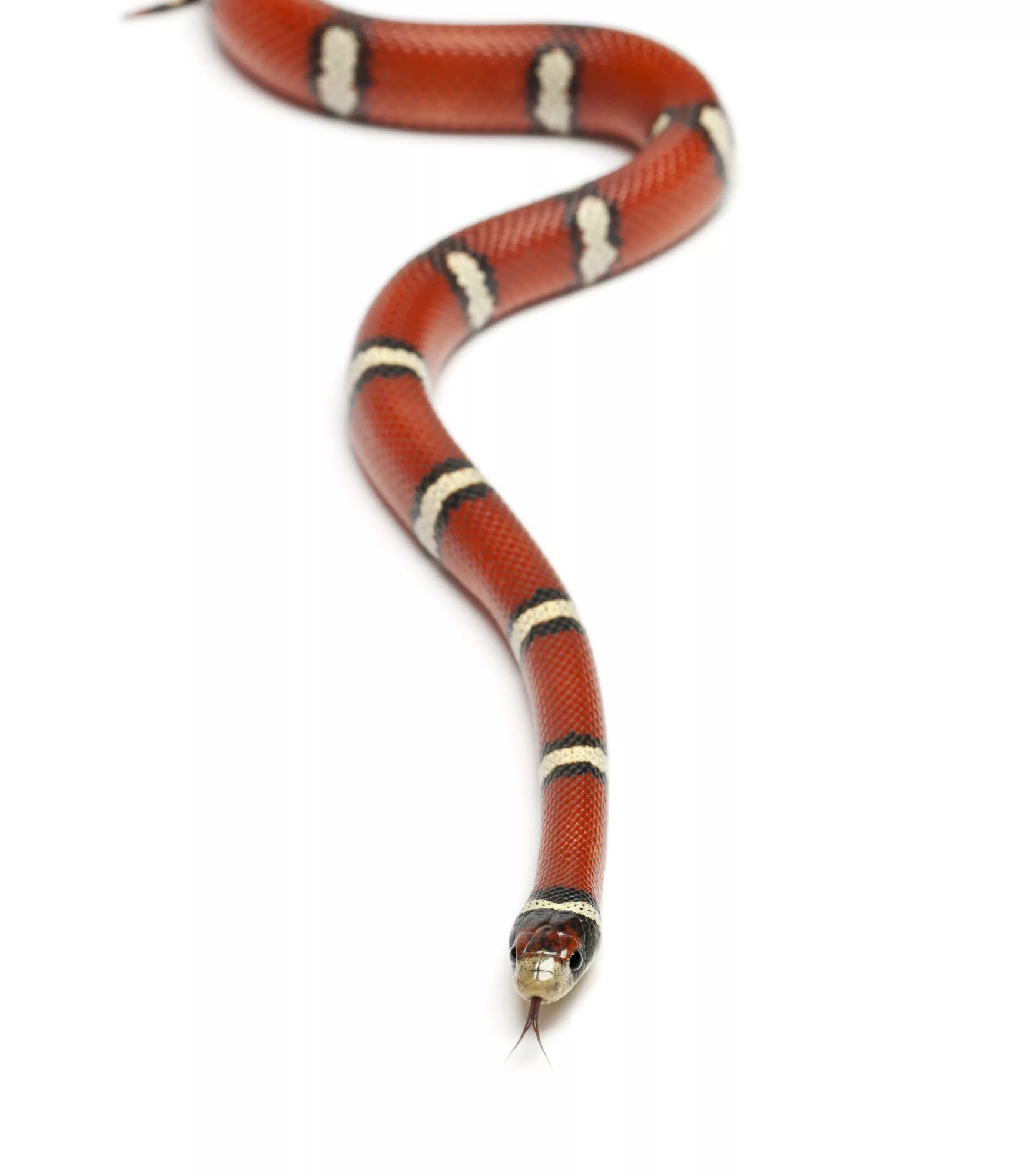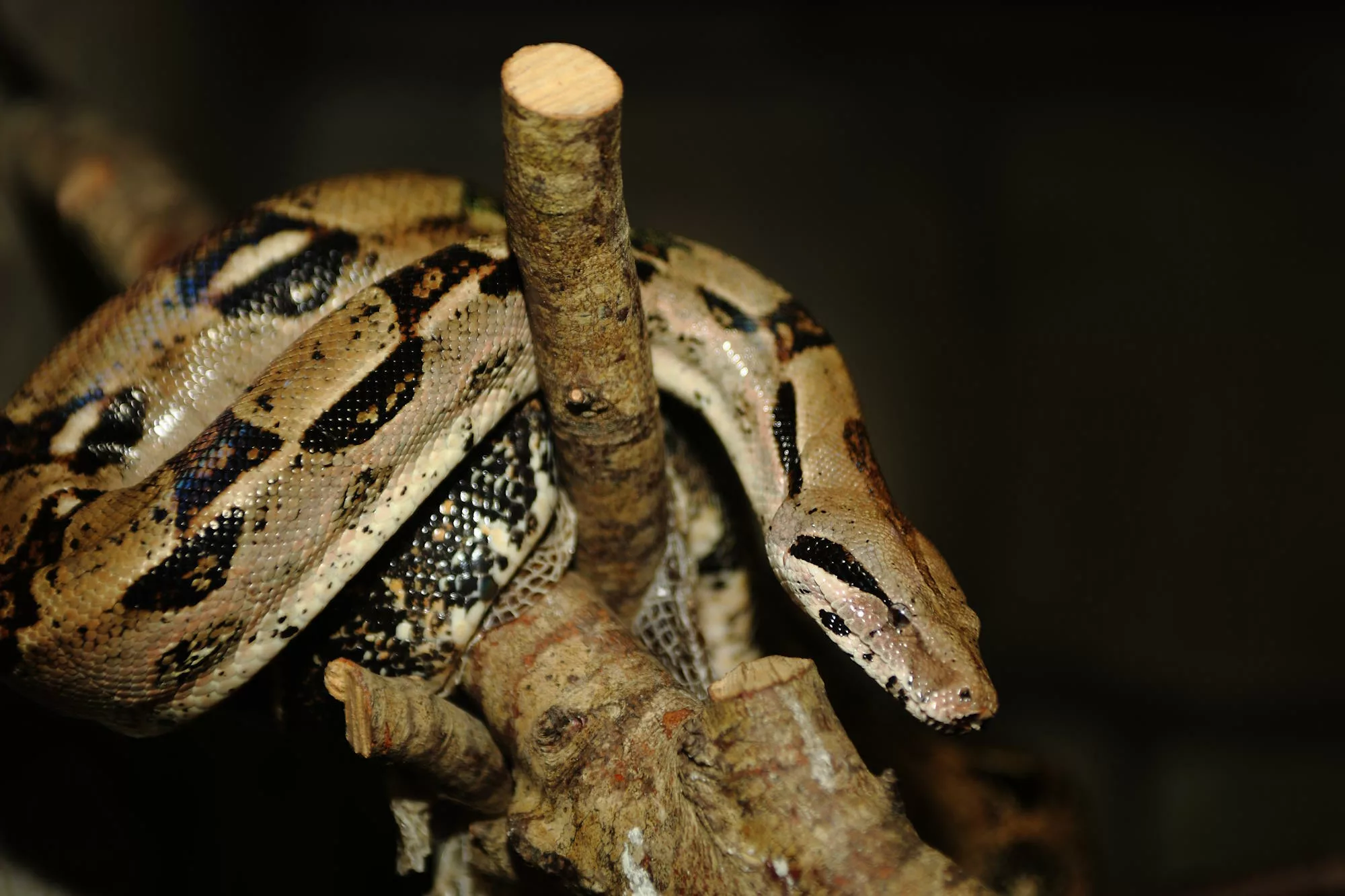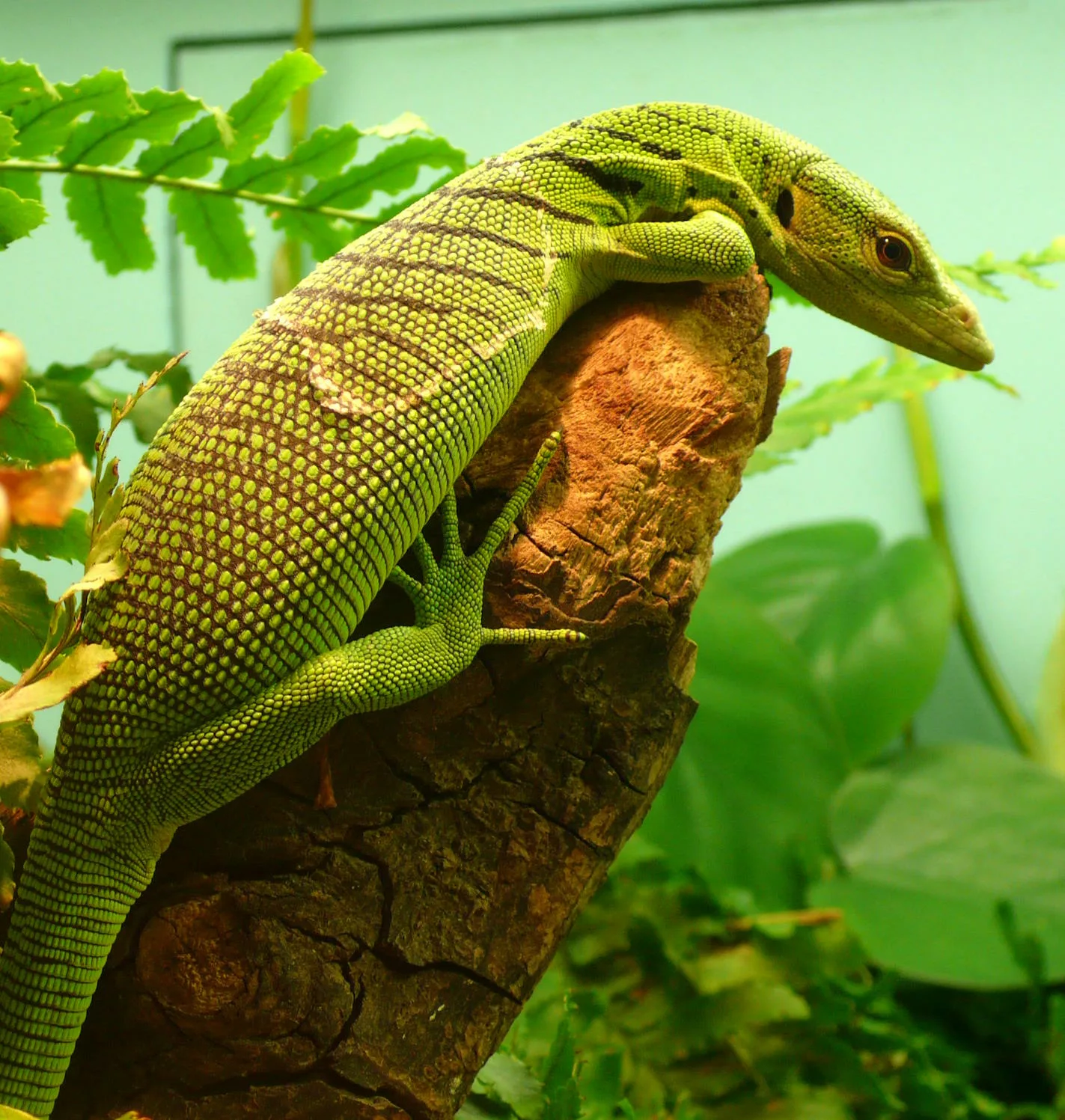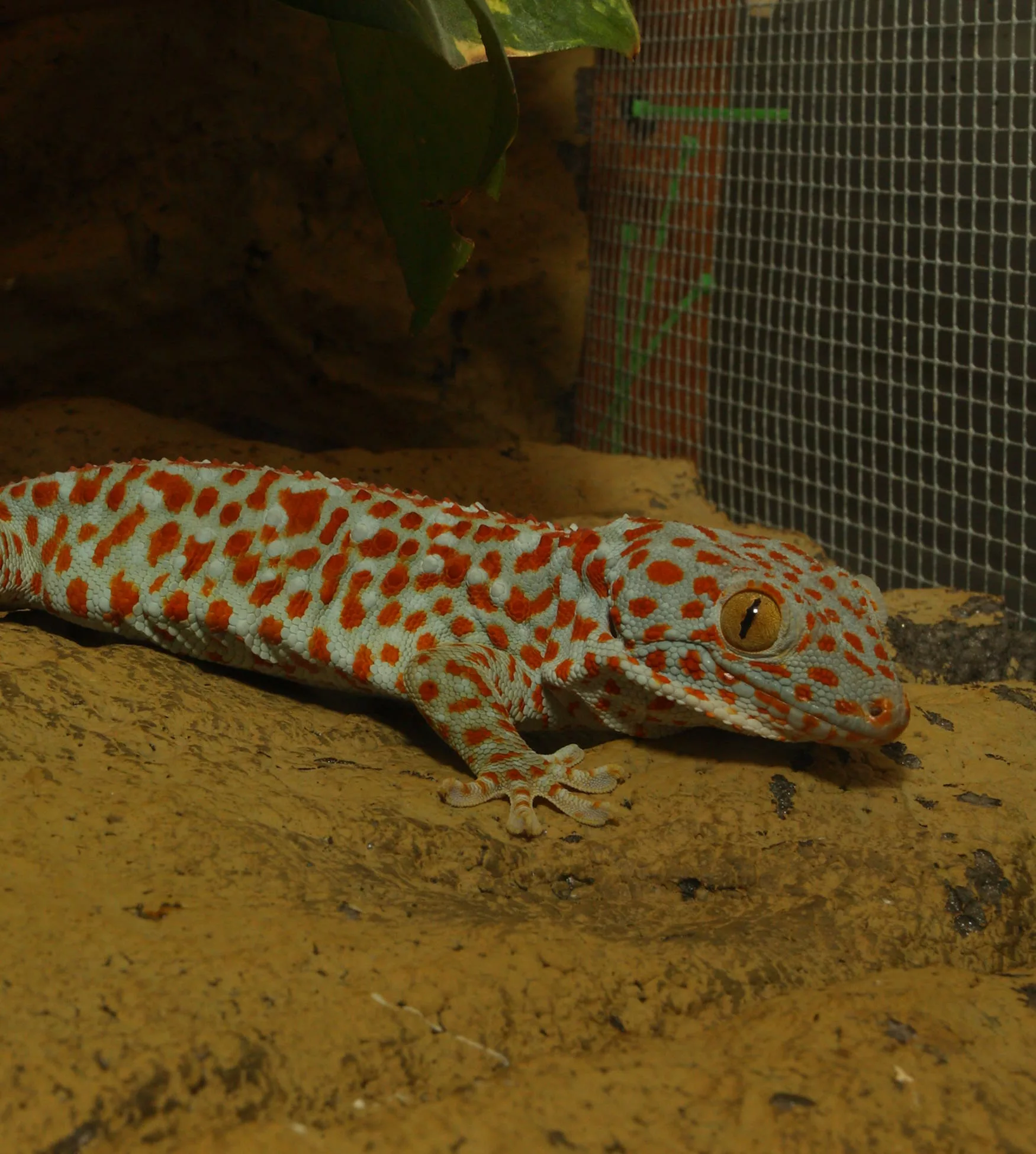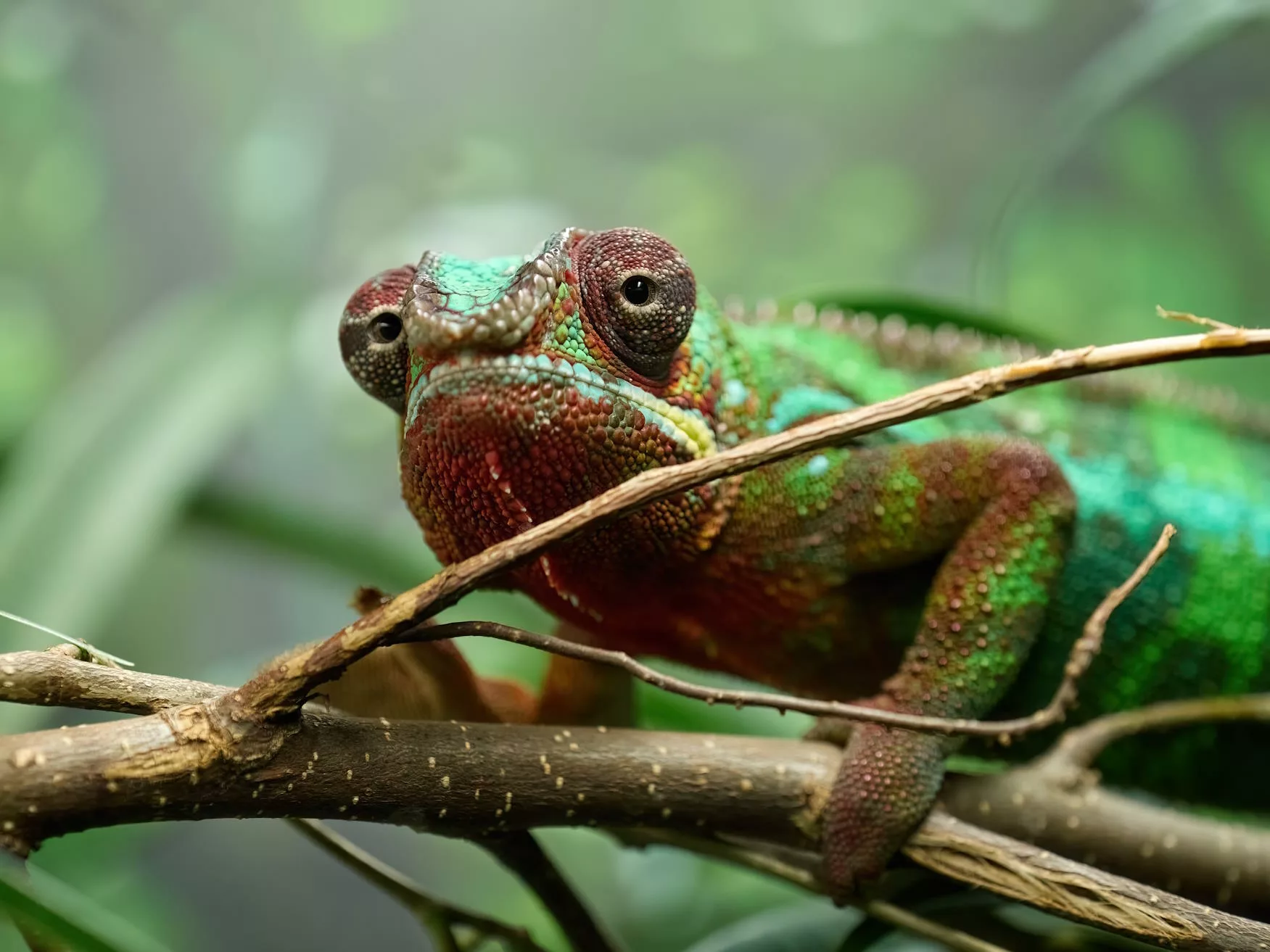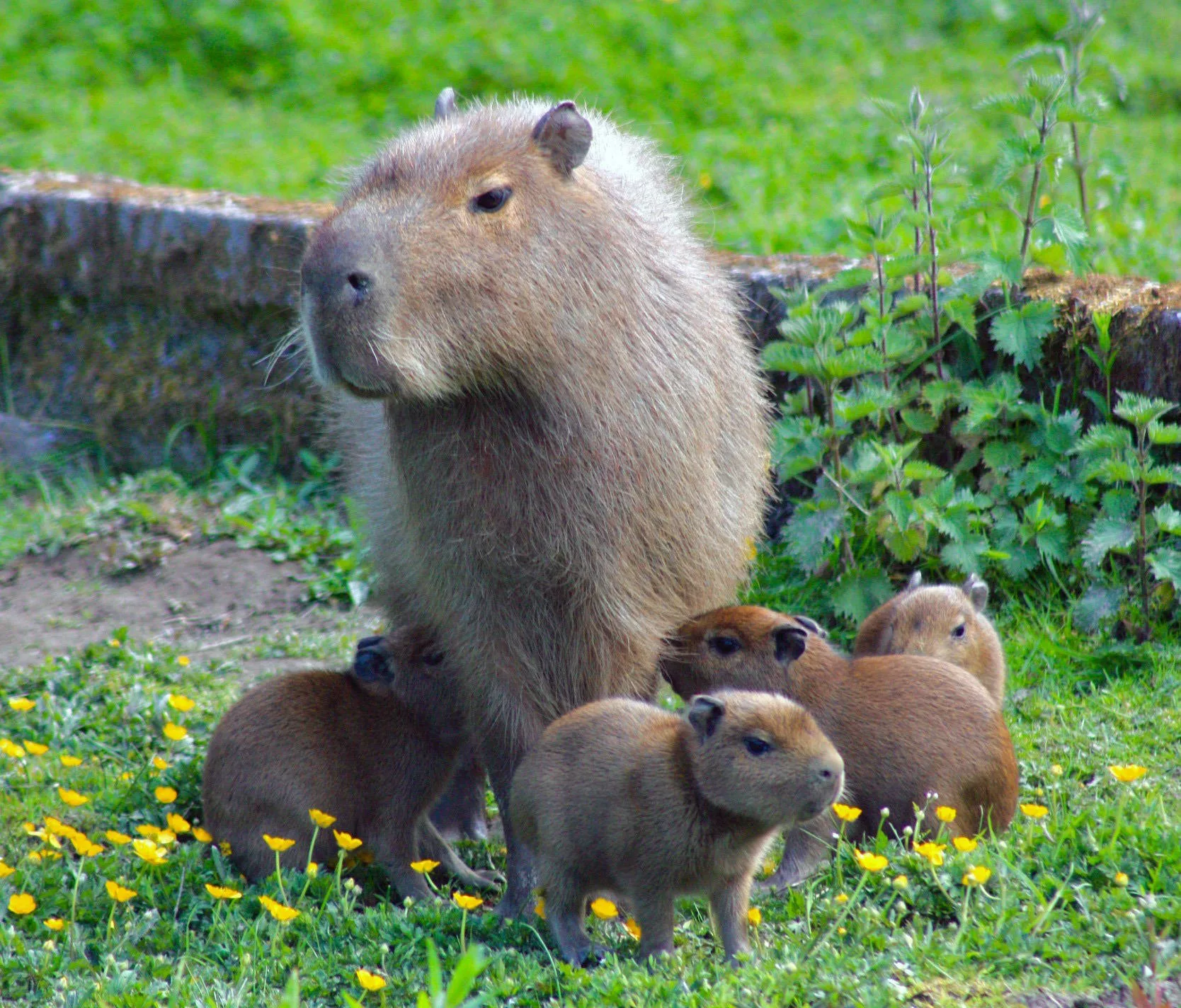
Great grey owl
Scientific name: Strix nebulosa
IUCN listed as: Least Concern
Learn before you visit!
Here are some facts about the species – Discover what they eat, find out about their natural habitat, see what they like to do, and more… Set the reading style to suit you too, everyday speak or something aimed towards children.
Child-friendly
Everyday
Diet
The Great Grey Owl primarily feeds on small mammals, particularly voles, which constitute the bulk of their diet. They also hunt mice, shrews, and occasionally birds. Their excellent hearing allows them to locate prey under thick snow. They hunt by perching silently and waiting for movement before swooping down to catch their prey. This diet is vital for maintaining their energy, especially in the harsh climates they inhabit.
Great Grey Owls eat small animals like mice and voles. They have amazing hearing to find prey under the snow. They hunt by sitting quietly and then flying down to catch their food. This helps them stay strong and healthy.
Breeding
Great Grey Owls typically breed once a year, with the breeding season starting in late winter to early spring. They do not build their own nests but use abandoned nests of other large birds or natural cavities. The female lays 2-5 eggs, which she incubates for about 30 days. The young owls, or owlets, fledge about 3-4 weeks after hatching but remain dependent on their parents for several months. Breeding success is highly dependent on prey availability.
These owls have babies once a year. They use old nests from other birds. The mother lays 2-5 eggs and keeps them warm for about a month. Baby owls learn to fly after a few weeks but stay with their parents for a while.
Habitat
The Great Grey Owl inhabits dense forests and taiga across the Northern Hemisphere, including regions in North America and Eurasia. They prefer areas with a mix of dense forest for nesting and open areas for hunting. Their habitat is often remote and difficult to access, providing a natural refuge from human disturbance. However, habitat loss due to logging and climate change poses a significant threat to their populations. Conservation efforts focus on preserving these critical habitats.
Great Grey Owls live in forests and cold areas in North America and Europe. They need forests for nesting and open spaces for hunting. Protecting their homes is very important because cutting down trees can harm them.
At the zoo
In zoos, Great Grey Owls are housed in large aviaries that simulate their natural forest habitat. These enclosures provide ample space for flight and include perches and hiding spots. Zoos play a crucial role in conservation and education, helping raise awareness about the species and their ecological role. The owls are provided with a diet similar to their natural one, including rodents. Regular health checks ensure their well-being and longevity in captivity.
In zoos, Great Grey Owls live in big spaces that look like forests. Zoos help protect them and teach people about their importance. They get food like rodents to eat. Regular check-ups keep them healthy.
Behaviour
Great Grey Owls are primarily nocturnal and crepuscular, being most active at dawn and dusk. They are known for their silent flight, which helps them hunt more effectively. These owls are solitary and territorial, with each individual maintaining a large hunting range. They communicate with a series of hoots and calls, particularly during the breeding season. Understanding their behaviour is essential for effective conservation management.
These owls are active at night and early morning. They fly silently to hunt and like to be alone. They make hooting sounds to talk to each other. Knowing how they act helps us take care of them better.
Fun facts
- Largest Owl: The Great Grey Owl is the largest owl by length.
- Silent Flight: They fly silently, making them excellent hunters.
- Superb Hearing: Their hearing is so good they can detect prey under snow.
- Long Tails: They have long tails which help with balance.
- Remote Habitats: They live in very remote and wild places.
- Big Owls: Great Grey Owls are the biggest owls in length.
- Quiet Flyers: They fly without making a sound to catch prey.
- Great Hearing: They can hear animals moving under the snow.
- Long Tails: Their long tails help them balance.
- Wild Homes: They live in remote, wild areas.
More animals to discover at our zoo
Quick Links
Tickets & Prices
You can buy tickets for Exmoor Zoo securely online, as well as finding out more price options, discover offers, and more…
What’s on…
Exmoor Zoo hosts incredible Events all through the year. You can find out about what we’ve got in store here…
Routes & info
Like any great discovery, Exmoor Zoo can feel a little off the beaten path – but don’t worry – you can plan your journey with our recommended routes and other useful travel info.
